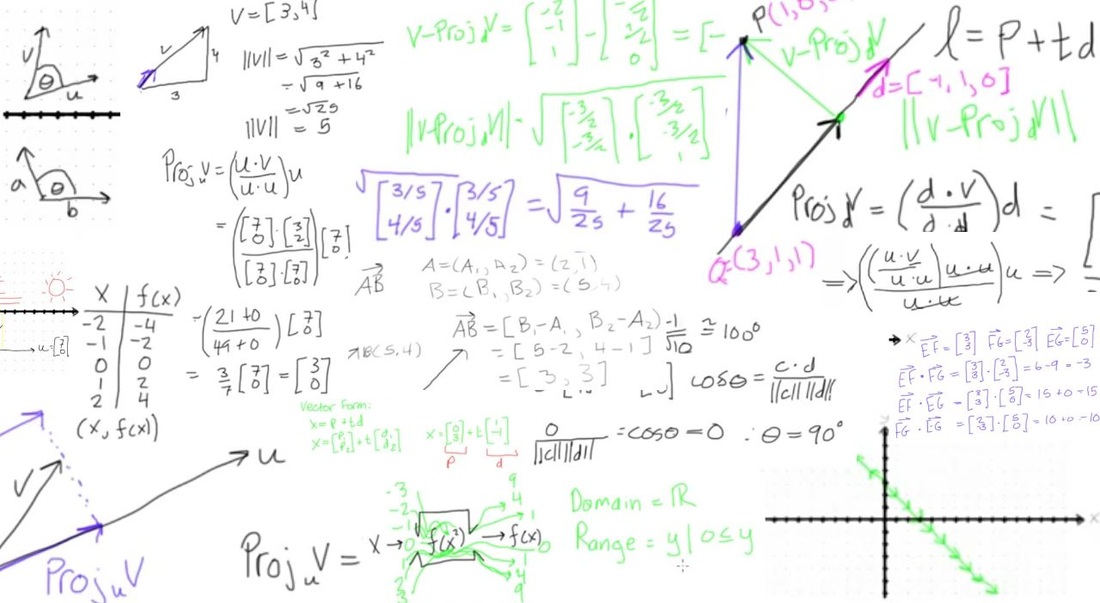

In other words, some changed faster than others. The rates of change in the previous examples are each different.
12.4: Derivatives Change divided by time is one example of a rate. We can check three different conditions to decide if a function is continuous at a particular number. A stepwise function, such as parking-garage charges as a function of hours parked, is an example of a discontinuous function. A function that has any hole or break in its graph is known as a discontinuous function. 12.3: Continuity A function that remains level for an interval and then jumps instantaneously to a higher value is called a stepwise function. Knowing the properties of limits allows us to compute limits directly. limx1xx+31 Evaluate the limit of: The given angle is in radians. When possible, it is more efficient to use the properties of limits, which is a collection of theorems for finding limits. Home/My courses/ BAED-BUSC2112-2022S/ Week 3: Continuity of Functions (Part 1)/ Written Work 1. 12.2: Finding Limits - Properties of Limits Graphing a function or exploring a table of values to determine a limit can be cumbersome and time-consuming. 12.1: Finding Limits - Numerical and Graphical Approaches In this section, we will examine numerical and graphical approaches to identifying limits. 
How then, do we approximate his speed at any given instant? We will find the answer to this and many related questions in this chapter.
_1448002264_564ec2d883a0e_68825-8.jpg) 12.0: Prelude to Calculus Like the fastest land animal, a cheetah, a person does not run at his top speed at every instant. These discussions, however, are in separate sections that can be skipped for instructors who prefer to wait until the integral definitions are given before teaching the calculus derivations of exponentials and logarithms.\) Differentiation and integration of these functions is covered in Modules 3–5 for instructors who want to include them with other types of functions. Exponential and logarithmic functions are introduced informally in Module 1 and presented in more rigorous terms in Module 6. Important note: Calculus 1 is designed to accommodate both Early and Late Transcendental approaches to calculus. Calculus III covers parametric equations and polar coordinates, vectors, functions of several variables, multiple integrations, and second-order differential equations. Calculus II covers integration, differential equations, sequences and series, and parametric equations and polar coordinates. Calculus I covers functions, limits, derivatives, and integration. This course is designed to be used as part one of a three-part calculus sequence: calculus, branch of mathematics concerned with the calculation of instantaneous rates of change ( differential calculus) and the summation of infinitely many small factors to determine some whole ( integral calculus ).
12.0: Prelude to Calculus Like the fastest land animal, a cheetah, a person does not run at his top speed at every instant. These discussions, however, are in separate sections that can be skipped for instructors who prefer to wait until the integral definitions are given before teaching the calculus derivations of exponentials and logarithms.\) Differentiation and integration of these functions is covered in Modules 3–5 for instructors who want to include them with other types of functions. Exponential and logarithmic functions are introduced informally in Module 1 and presented in more rigorous terms in Module 6. Important note: Calculus 1 is designed to accommodate both Early and Late Transcendental approaches to calculus. Calculus III covers parametric equations and polar coordinates, vectors, functions of several variables, multiple integrations, and second-order differential equations. Calculus II covers integration, differential equations, sequences and series, and parametric equations and polar coordinates. Calculus I covers functions, limits, derivatives, and integration. This course is designed to be used as part one of a three-part calculus sequence: calculus, branch of mathematics concerned with the calculation of instantaneous rates of change ( differential calculus) and the summation of infinitely many small factors to determine some whole ( integral calculus ). 
The course includes embedded algorithmically generated practice questions, worked-example videos, and a complete set of outcome-aligned online assessments in OHM. Additionally, just-in-time reviews of essential math concepts appear throughout the text to help those students who need further learning support. Each module begins with a prerequisite material review section, in which critical skills from Precalculus and College Algebra are revisited. Topics covered include elementary functions, differentiation, basic integration techniques and. Lumen has curated, designed, and built additional resources to enhance both the teaching and learning experience. This unit is an introduction to the calculus of one variable. The primary text for this course is Calculus Volume 1 from OpenStax.




_1448002264_564ec2d883a0e_68825-8.jpg)



 0 kommentar(er)
0 kommentar(er)
